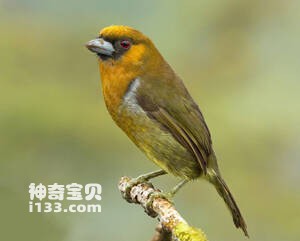
Semnornis frantzii
Semnornis frantzii,Prong-billed Barbet
The species is known as Semnornis frantzii or Prong-billed Barbet.Protect wi···
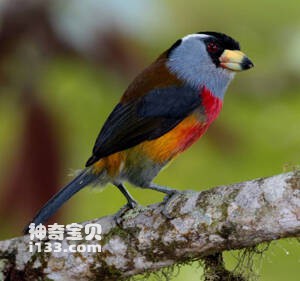
Semnornis ramphastinus
Semnornis ramphastinus,Toucan Barbet
Toucan Barbet, or Semnornis ramphastinus, eats an omnivorous diet that relie···

Capito quinticolor
Capito quinticolor,Five-colored Barbet
Capito quinticolor, or Five-colored Barbet, is an unknown species.Protect wi···
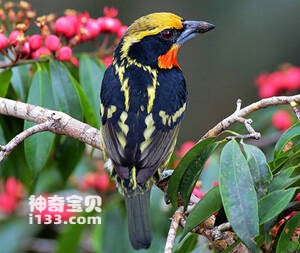
Capito auratus
Capito auratus,Gilded Barbet
Gilded Barbet is known as Capito auratus and gilded barbet. Its specific beh···
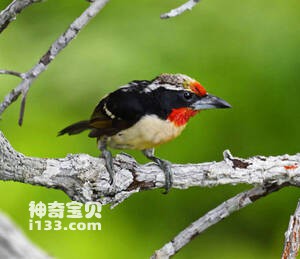
Capito niger
Capito niger,Black-spotted Barbet
The species is known as Capito niger or Black-spotted Barbet, but its behavi···
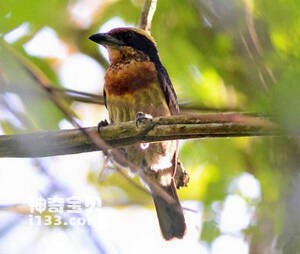
Capito brunneipectus
Capito brunneipectus,Cinnamon-breasted Barbet,Brown-chested Barbet
The scientific name of the bird is Capito brunneipectus, and its foreign nam···
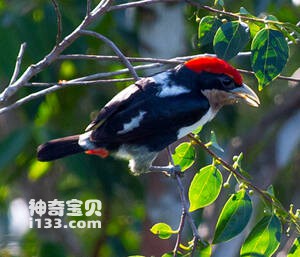
Capito dayi
Capito dayi,Black-girdled Barbet
The bird's scientific name is Capito dayi, and its foreign name is Black···
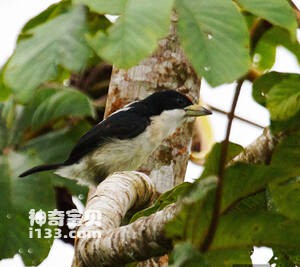
Capito hypoleucus
Capito hypoleucus,White-mantled Barbet
The bird's scientific name is Capito hypoleucus, and its foreign name is···
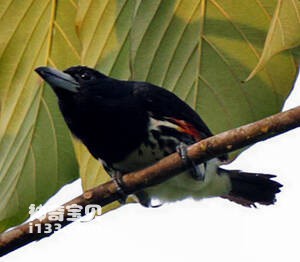
Capito maculicoronatus
Capito maculicoronatus,Spot-crowned Barbet
The species is known as Capito maculicoronatus and Spot-crowned Barbet。Prot···
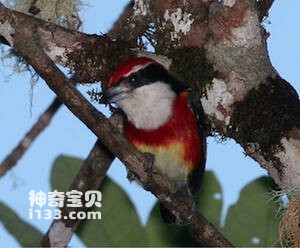
Capito fitzpatricki
Capito fitzpatricki,Sira Barbet
Capito fitzpatricki (also known as Sira Barbet) is a sister species of pecke···
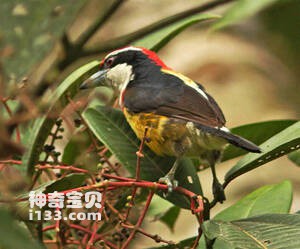
Capito wallacei
Capito wallacei,Scarlet-banded Barbet
Capito wallacei or Scarlet-banded Barbet, the species is unknown.Protect wil···
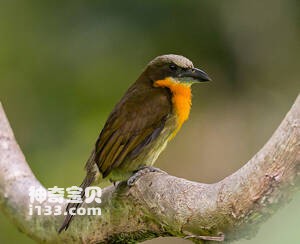
Capito aurovirens
Capito aurovirens,Scarlet-crowned Barbet
The species is Capito aurovirens and Scarlet-crowned Barbet, but its behavio···
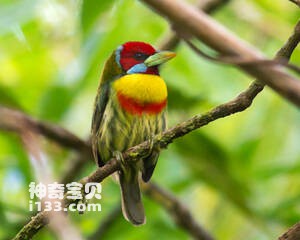
Eubucco versicolor
Eubucco versicolor,Versicolored Barbet,Blue-moustached Barbet
Eubucco versicolor, Versicolored Barbet and Blue-moustached Barbet, are not ···
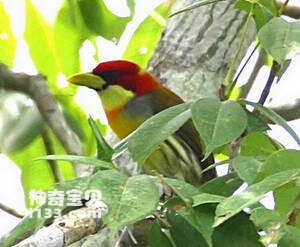
Eubucco tucinkae
Eubucco tucinkae,Scarlet-hooded Barbet
Eubucco tucinkae (Eubucco Tucinkae) and Scarlet-hooded Barbet (Scarlet hoode···
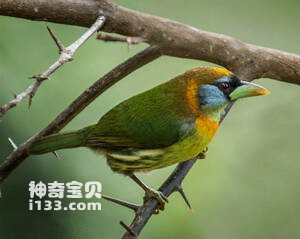
Eubucco bourcierii
Eubucco bourcierii,Red-headed Barbet
Eubucco bourcierii, or Red-headed Barbet, has not been studied in detail on ···
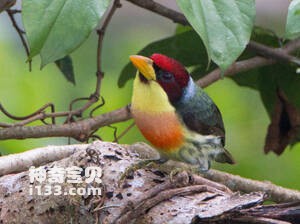
Eubucco richardsoni
Eubucco richardsoni,Lemon-throated Barbet
Eubucco richardsoni and Lemon-throated Barbet are not known.Protect wild ani···
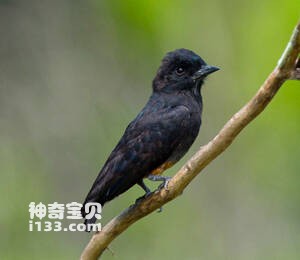
Chelidoptera tenebrosa
Chelidoptera tenebrosa,Swallow-winged Puffbird
The species is Chelidoptera tenebrosa and swallowing-winged Puffbird.Protect···
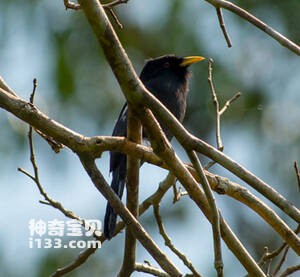
Monasa flavirostris
Monasa flavirostris,Yellow-billed Nunbird
The species is known as Monasa flavirostris or Yellow-billed Nunbird.Protect···
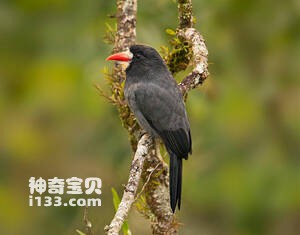
Monasa morphoeus
Monasa morphoeus,White-fronted Nunbird
The species is known as Monasa morphoeus or White-fronted Nunbird.Protect wi···
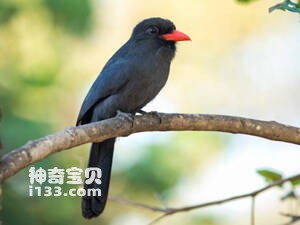
Monasa nigrifrons
Monasa nigrifrons,Black-fronted Nunbird
The species is known as Monasa nigrifrons or Black-fronted Nunbird.Protect w···
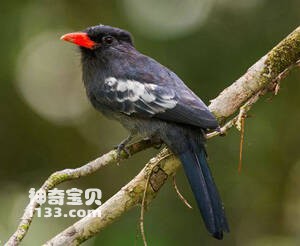
Monasa atra
Monasa atra,Black Nunbird
The species is known as Monasa atra or Black Nunbird, but its behavior is un···
